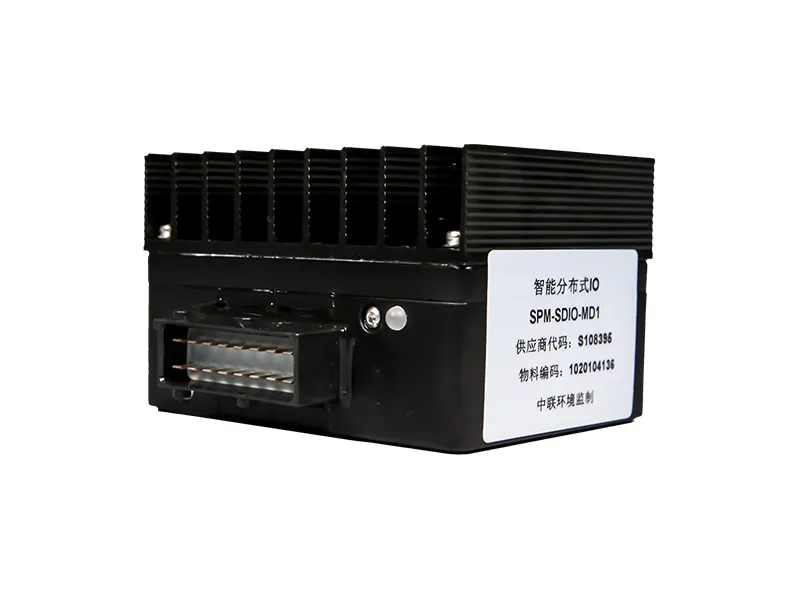What is the Lifespan of Typical I/O Modules?
I/O (Input/Output) modules are essential components in various industrial automation systems, facilitating the exchange of data between the control system and external devices. Understanding the lifespan of these modules is crucial for ensuring the reliability and efficiency of industrial processes.

I/O modules serve as the interface between sensors, actuators, and the control system in industrial automation setups. They enable the transmission of signals, such as temperature readings, pressure measurements, or on/off commands, allowing the control system to monitor and control different aspects of the industrial process.
Importance of Lifespan in I/O Modules
The lifespan of IO modules directly impacts the reliability and uptime of industrial systems. Premature failures can lead to costly downtime, production delays, and maintenance expenses. Therefore, assessing and optimizing the lifespan of these modules is essential for maximizing operational efficiency.
Factors Affecting Lifespan
Several factors influence the lifespan of typical I/O modules:
Environmental Conditions
Harsh operating environments, such as extreme temperatures, humidity, dust, and vibrations, can accelerate wear and tear on I/O modules, shortening their lifespan.
Usage Intensity
The frequency and duration of operation also affect the lifespan of I/O modules. Continuous usage or frequent cycling can lead to faster deterioration of components.
Quality of Components
The quality of materials and manufacturing processes used in the production of I/O modules significantly impacts their longevity. High-quality components are more durable and resistant to environmental stressors.
Understanding Lifespan Metrics
Two key metrics used to evaluate the lifespan of Input/Output modules are:
MTBF (Mean Time Between Failures)
MTBF represents the average time elapsed between two consecutive failures of a module. A higher MTBF indicates greater reliability and a longer lifespan.
MTTR (Mean Time To Repair)
MTTR measures the average time required to repair a failed module and restore it to operational status. Minimizing MTTR is essential for reducing downtime and mitigating production losses.
Common Lifespan of Typical I/O Modules
The lifespan of I/O modules varies depending on their type and application:
Analog Input/Output Modules
Analog modules, used for handling continuous signals such as voltage or current, typically have a lifespan ranging from 5 to 10 years under normal operating conditions.
Digital Input/Output Modules
Digital modules, which process discrete on/off signals, tend to have a longer lifespan, averaging between 10 to 15 years with proper maintenance.
Communication Modules
Communication modules, responsible for data exchange between different parts of the control system, often have shorter lifespans due to the complexity of their circuitry and higher susceptibility to environmental factors.
Strategies for Extending Lifespan
To prolong the lifespan of I/O modules, several strategies can be employed:
Proper Maintenance Practices
Regular inspection, cleaning, and testing of I/O modules can help identify potential issues early and prevent premature failures.
Environmental Controls
Implementing environmental controls, such as temperature and humidity monitoring, dust filtration systems, and vibration damping, can protect I/O modules from adverse conditions.
Quality Assurance Measures
Selecting reputable manufacturers and suppliers that adhere to stringent quality standards ensures the reliability and durability of I/O modules.
Impact of Lifespan on Industrial Processes
The lifespan of I/O modules directly influences the overall reliability, productivity, and profitability of industrial processes. By maximizing the lifespan of these critical components, businesses can minimize downtime, reduce maintenance costs, and enhance operational efficiency.
Conclusion
Understanding the lifespan of typical I/O modules is essential for ensuring the reliability and longevity of industrial automation systems. By considering factors such as environmental conditions, usage intensity, and component quality, businesses can implement strategies to extend the lifespan of I/O modules, thereby optimizing operational efficiency and minimizing downtime.
评论
发表评论